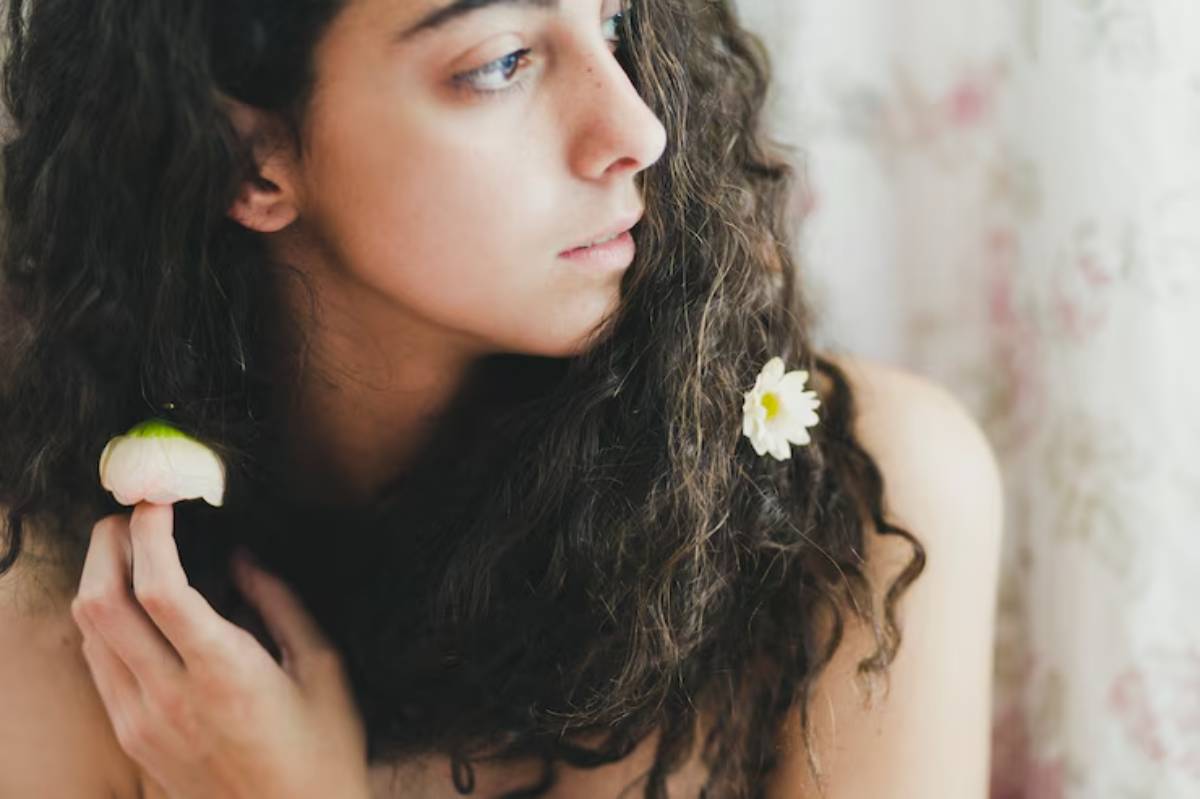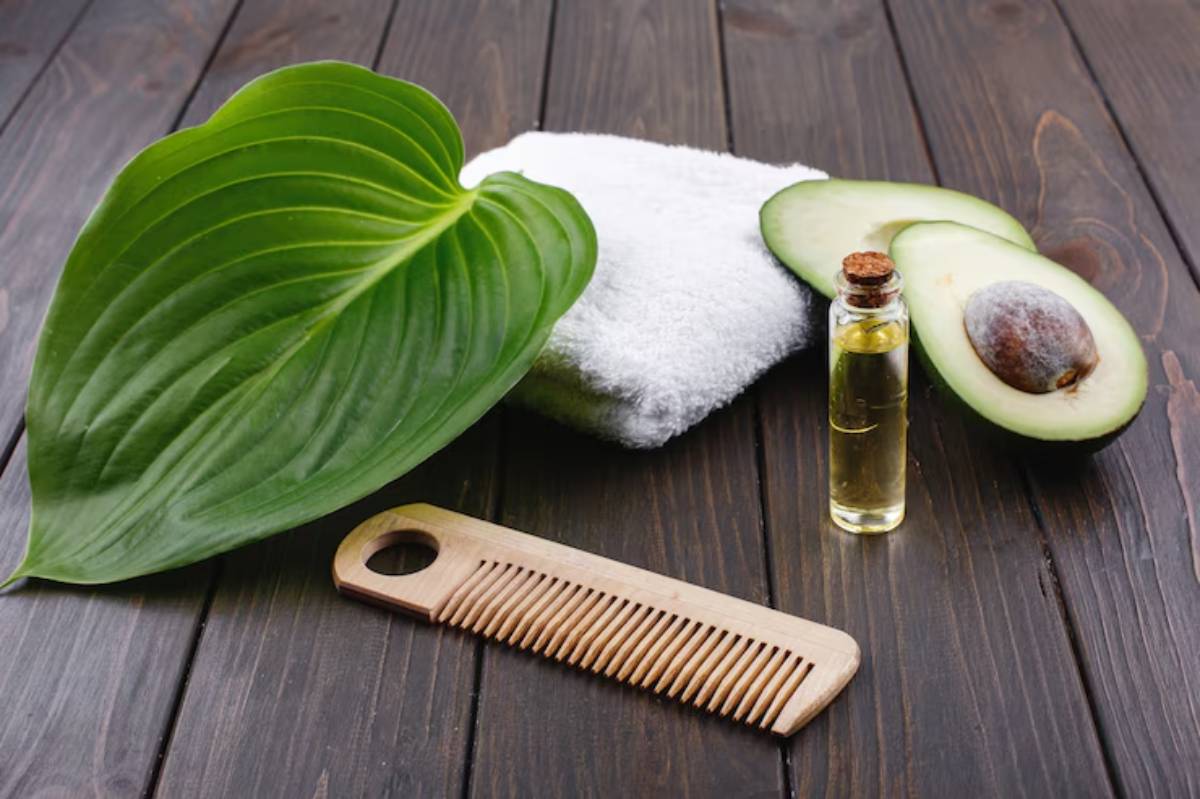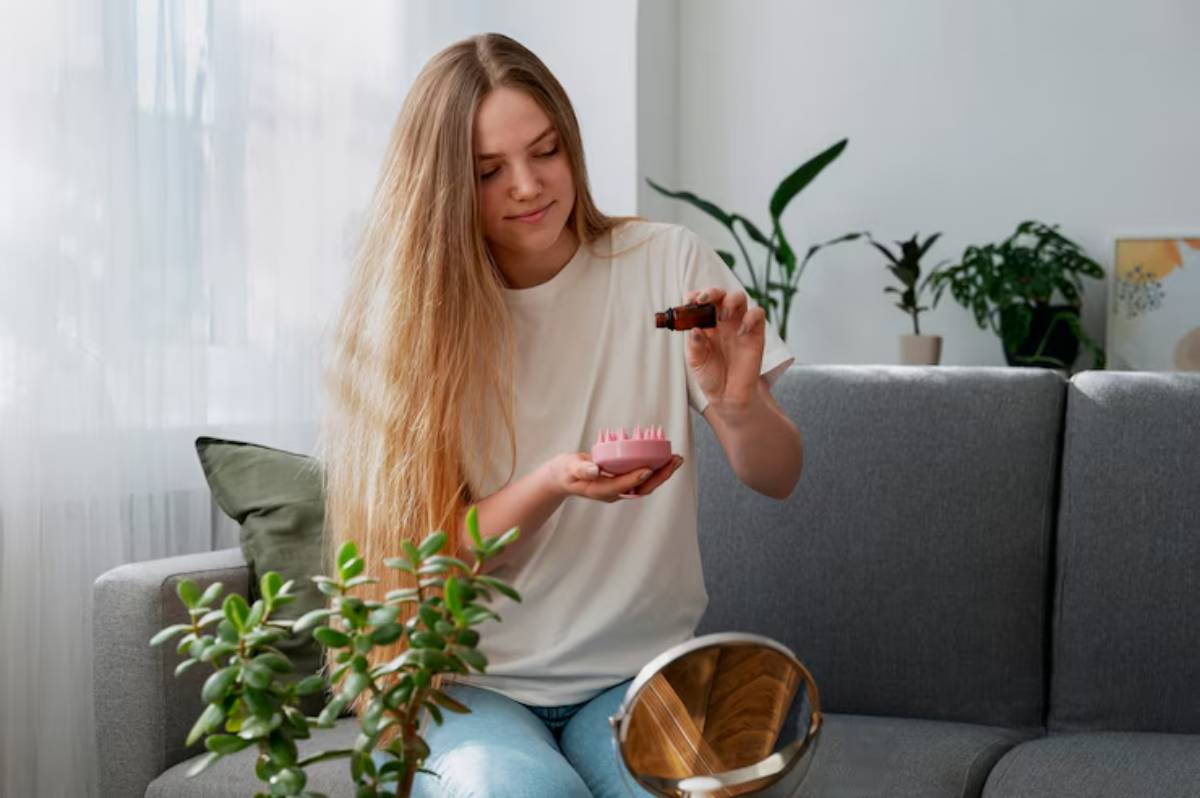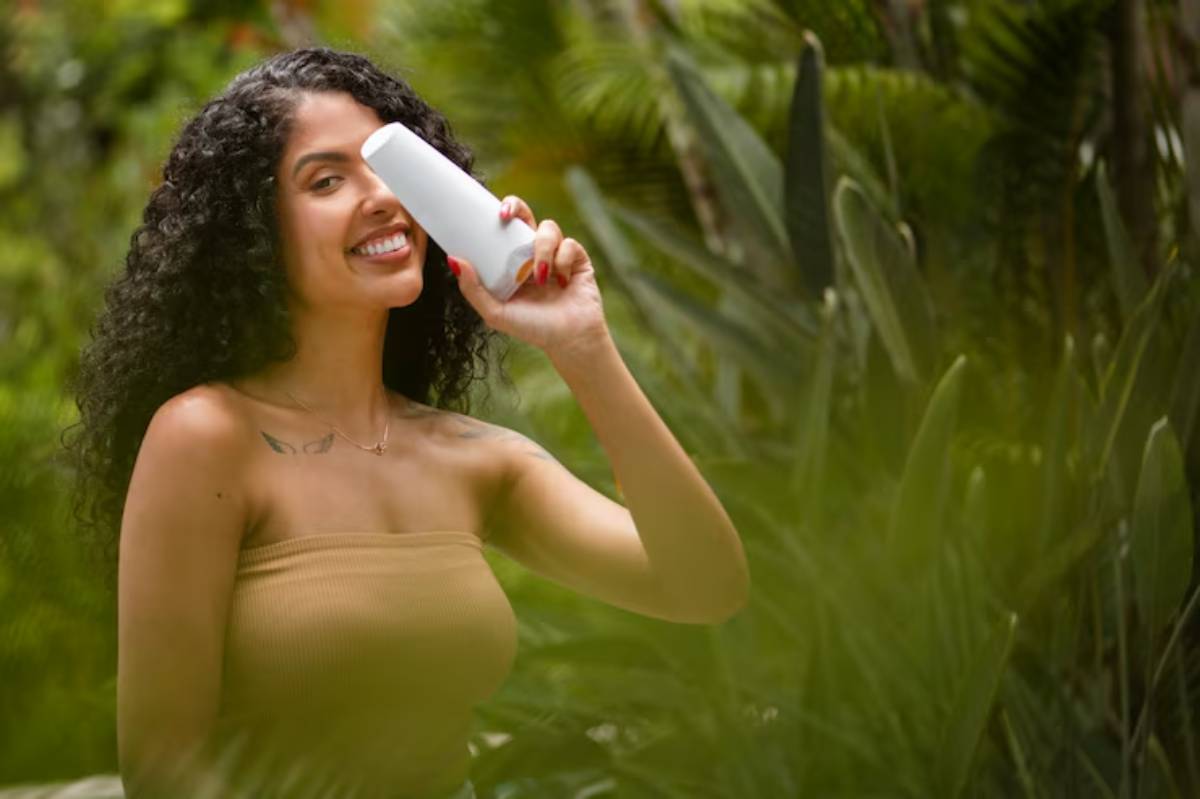
Natural Remedies for Dry Curly Hair
Introduction: Quenching the Thirst of Dry Curls
If your curly hair feels like a desert — brittle, dull, hard to manage — you’re not imagining it. Curly hair is naturally drier than straight hair. Its coiled shape makes it difficult for natural oils to travel from scalp to ends, leaving your strands parched and in desperate need of moisture. Add weather, styling, and product build-up to the mix, and you’ve got a recipe for frizz, breakage, and frustration.
But here’s the good news: your kitchen and bathroom might already hold the keys to healthier, more hydrated curls. From oils and masks to rinse treatments and moisture-retaining habits, natural remedies offer real results without relying on synthetic additives or salon visits. In this article, we’ll explore science-backed, holistic ways to restore life to your curls—naturally and sustainably.
Why Curly Hair Gets Dry So Easily

The Structure Behind the Struggle
Curly and coily hair isn’t just different in appearance — it’s structurally unique. Its twists and bends make it harder for the scalp’s natural oils to move down the hair shaft. As a result, curly hair is more prone to:
- Moisture loss
- Porosity issues
- Tangles and knots
- Frizz and breakage
Moreover, frequent washing, heat styling, or chemical treatments strip away what little moisture curly hair does retain, making hydration maintenance a top priority for healthy growth and definition.
Best Natural Ingredients to Hydrate Dry Curls

When it comes to restoring moisture naturally, these ingredients are time-tested and curl-approved:
Aloe Vera
- Why it works: It contains enzymes and amino acids that promote hydration without heaviness.
- Use: As a pre-styling leave-in or added to a DIY mask.
Honey
- Why it works: A humectant that pulls moisture from the air into your hair shaft.
- Use: Mix into deep conditioning treatments or as a final rinse.
Avocado
- Why it works: Rich in fatty acids, vitamin E, and biotin.
- Use: Mash and combine with olive oil for an ultra-moisturising mask.
Coconut Oil
- Why it works: Penetrates the hair shaft and reduces protein loss.
- Use: Apply as a pre-poo or sealant after your leave-in conditioner.
Shea Butter
- Why it works: An occlusive that seals in moisture and smooths the hair cuticle.
- Use: Whipped with oils to form a curl-defining butter for Type 3–4 curls.
Home Treatments for Soft, Hydrated Hair

1. Hot Oil Treatments
What it is: Gently warming oil (like coconut, olive, or castor) and applying it to your scalp and strands.
Why it helps: The heat allows oils to penetrate more deeply, softening strands and protecting against breakage.
How to do it: Warm oil slightly (not hot!), apply to damp hair, massage your scalp, and cover with a shower cap for 20–30 minutes before washing out.
2. Deep Conditioning with Natural Masks
Using kitchen ingredients to whip up a nutrient-rich mask is one of the best ways to boost moisture.
Example Combo:
- ½ ripe avocado
- 1 tbsp honey
- 1 tbsp olive oil
Blend until smooth, apply to damp hair, and leave on for 30 minutes under a cap or towel. Rinse thoroughly for soft, shiny curls.
If you enjoy hands-on care, you’ll love our recipe-packed guide on homemade hair masks for curly hair, with even more nourishing ideas.
3. The LOC Method (Liquid–Oil–Cream)
A layering technique that helps trap moisture in the hair shaft.
- Liquid: Water or aloe juice to hydrate
- Oil: Coconut, jojoba, or argan to seal
- Cream: A rich curl cream or shea-based blend to lock it all in
This method works particularly well for high-porosity hair that loses moisture quickly throughout the day.
Natural Rinses for Shine and Balance
You can boost hydration and balance your scalp with quick DIY rinses that follow your shampoo.
Apple Cider Vinegar Rinse
- Why it works: Balances ph, smooths the cuticle, and reduces buildup.
- How to use: Mix 1 part vinegar with 4 parts water. Pour over scalp and hair after shampooing, then rinse with cool water.
Rice Water Rinse
- Why it works: Strengthens and hydrates with amino acids and vitamins.
- How to use: Soak rice in water overnight, strain, and apply after shampooing. Leave on for 5–10 minutes and rinse thoroughly.
Moisture-Retaining Habits to Adopt
It’s not just about what you apply — it’s also how you handle your curls.
Switch to a Microfibre Towel or T-Shirt
Regular towels create friction that leads to frizz and moisture loss. Microfibre or cotton T-shirts are gentler on your strands and help retain hydration post-wash.
Sleep with a Satin Bonnet or Pillowcase
Cotton pillowcases absorb moisture. Satin or silk alternatives allow your curls to glide, maintaining softness and shape while you sleep.
Limit Heat Styling
Frequent blow-drying or straightening draws moisture from the hair shaft. If you must use heat, apply a natural heat protectant like grapeseed oil beforehand.
Want more ways to protect your hair while sleeping? Discover night-time tips for protecting your curls overnight without frizz.
Tailoring Remedies to Your Curl Type
Understanding your curl pattern and porosity helps you choose the most effective treatments.
For Type 2 (Wavy)
- Lighter oils like argan or grapeseed
- Aloe-based leave-ins
- Avoid thick butters, which may weigh waves down
For Type 3 (Curly)
- Coconut and olive oil for deep moisture
- Use honey-based masks for added curl definition
- LOC or LCO method works well to layer hydration
For Type 4 (Coily/Kinky)
- Shea butter, castor oil, and avocado masks
- Frequent deep conditioning
- Protective styles to retain length and moisture
Common Mistakes to Avoid with Natural Remedies
- Skipping water: Oils and butters only seal moisture — they don’t provide it. Always hydrate first.
- Using too much product: Natural doesn’t mean weightless. Start light and layer only as needed.
- Not clarifying regularly: Even natural ingredients can build up. Use a clarifying shampoo monthly.
- Overdoing protein: Balance is essential — too much protein with too little moisture causes brittleness.
Conclusion: Moisture Doesn’t Have to Be Complicated
Dry curly hair may be common, but it doesn’t have to be permanent. With the right natural remedies, you can give your curls the hydration they’re missing — and the shine and softness you’ve been hoping for. Whether it’s a hot oil massage on a Sunday evening or a mid-week aloe mist, these simple treatments are both accessible and effective.
The best part? You’re not just solving a hair problem — you’re building a deeper connection with your natural texture, learning to listen to what your hair needs, and responding with care.
So grab that avocado, reach for your honey, and start treating your curls like the crown they are — naturally.


